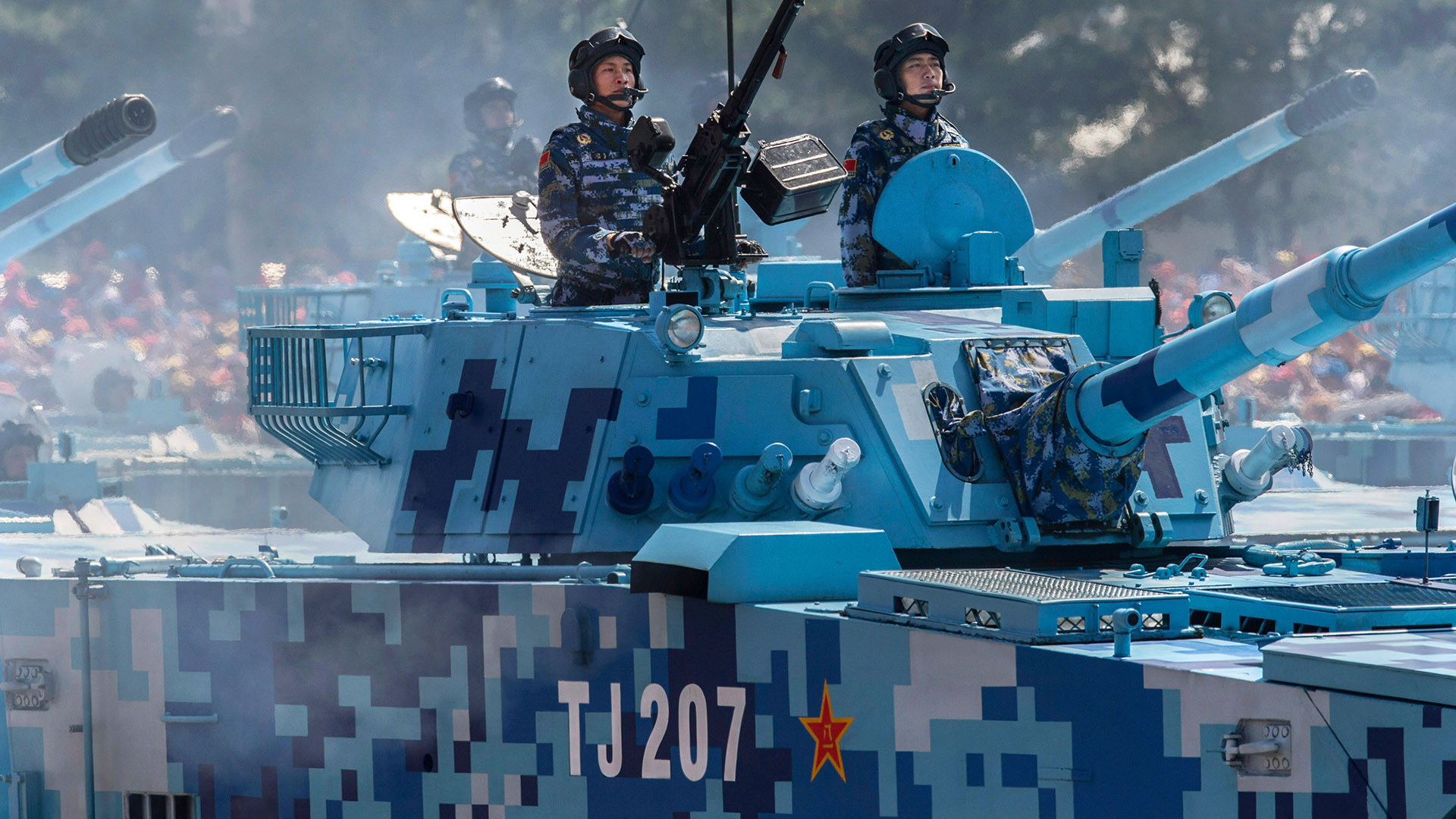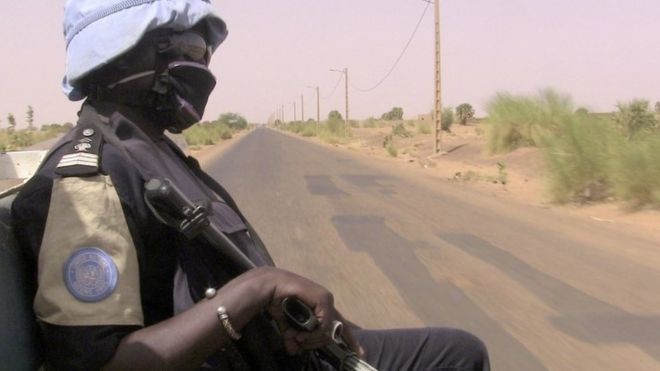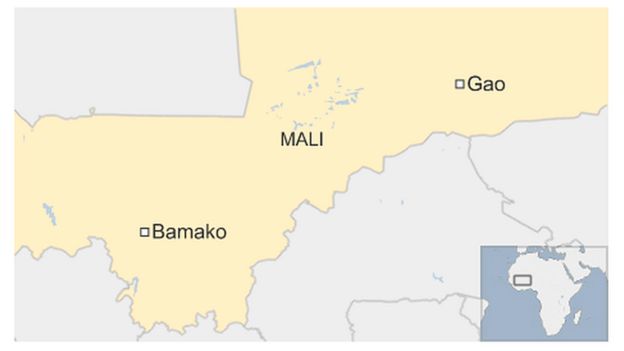The story behind China's 'Minecraft' military camo
Invented by a US Army officer in the 1970s, 'digital camouflage' is pixelating the modern war machine.
24 March 2016
On 3 September 2015, China celebrated the 70th anniversary of the end of World War II with a
, parading hundreds armoured fighting vehicles and some 12,000 troops from the normally secretive People’s Liberation Army through Tiananmen Square in Beijing. Many of these vehicles had never appeared in public and a notable theme — one that to many eyes came as a big surprise — was the Army’s use of dramatic ‘digital’ camouflage patterns. The Chinese pageant featured columns of military vehicles covered in pixelated squares, some in shades of green and khaki, others in outlandish schemes of blue, white and black.
(Credit: Kevin Frayer / Getty Images)
The pattern, which resembles the blocky graphics from the computer game
, is a stark contrast to traditional variegated “organic” camo designs that militaries have employed since the 19th Century — schemes that use blotches of complementary colours to mimic foliage and other natural features. The boldly pixelated camo, which despite some initial reluctance has seen increasing use by military forces around the world, seems counterintuitive; nothing in nature is so rigidly shaped. But it does work, and its vastly improved performance even came as a surprise to the man — a US Army officer — credited with developing it 40 years ago.
“Well when I looked at the data I think my observation was something on the order of ‘holy crap’,” recalled now-retired Lieutenant Colonel Timothy R O'Neill, PhD, when we asked him about early tests of the camo.
In the late 1970s O’Neill suggested to the US Army that square blocks of colour would disguise an armoured fighting vehicle better than large blotches. His idea was to build a pattern that would work no matter how far the vehicle is from the observer. Large patterns work well at long distances, and small patterns are better at close range. But patterns made from small squares, or pixels, can be painted to mimic both. Close up, the small patches mimic natural patterns on the scale of leaves on a tree, but from farther away, the clusters of squares create a macro texture that blends with branches, trees and shadows.
(Credit: Xinhua / Alamy Stock Photo)
“Computer graphics were starting to come to the fore at that time — manipulated digital images,” O’Neill says. “Some people were doing work with what's called coarse quantisisation, which is simply breaking things down into squares. And it occurred to me that this would be a good way to try to imagine the texture of a background.”
Eventually O’Neill got together with three or four friends, and for about $100 did a test of digital — or what he prefers to call “texture match” — camouflage. They painted an engine-less armoured personnel carrier using a two-inch roller — and squares were the easiest shapes to paint as well as model with a computer. They posed it for pictures at the Aberdeen Proving Ground in the US state of Maryland. (Here are the
and
shots he shared with us.)
The experiment exceeded expectations, but it took a long time for digital camouflage to catch on. In part that was because working out the best pattern and applying it to a vehicle was a highly labour-intensive process. (These days, computers and controlled robots can do the work.) But the greater challenge turned out to be convincing sceptical military officials that squares were better than blobs when it came to blending with a background.
“It really should have come to fruition in the late 70s,” says Guy Cramer, the President and CEO of the fantastically named
. He is one of the leading designers of modern camouflage.
Science or spectacle?
Why are the Chinese tanks bright blue?
Another conundrum with the modern camouflage design seen during China's Victory Day parade is that the vehicles feature bright blue painted blocks. Why? Some experiments have been done with bluish tones to break up the shape of vehicles against the sky on flat terrain, or for use in icy or snowy areas. “If the vehicles are amphibious then they might have some concealment during their water-based maneuvers, but the trade off for being highly conspicuous on land is not worth having it permanently,” believes Guy Cramer of Hyperstealth Biotechnology. In this case, the blue scheme is likely there for decoration. It certainly made the parade a spectacle, but further muddies the murky world of military camo.
—JS
“The testing continued to show that digital was actually working better, but still you got the armchair quarterbacks, and people who don't know about camouflage jumping to the assumption that it can’t work, it shouldn’t work, and so it doesn’t work.”
The strategy is now in use to varying degrees by armed forces around the world. But the future of camouflage is likely to be even more sophisticated. Cramer is developing a version of digital camo that will actively change like a chameleon, which he calls SmartCamo. The downsides are that will likely be expensive, and require an energy source, but those are less of an issue for vehicles than individual soldiers.
“In applications where you have a powered vehicle, whether it be an aircraft, a ship or a ground vehicle, your best bet may be to actually be able to shift your camouflage colors and shift the pattern,” he says.
Beyond that, UK-based defence contractor BAE Systems has
for armoured vehicles that can alter their look entirely by using heated pixels to change they way they appear to infrared imaging systems — cameras used to spot vehicles at night. The
can make a tank look like a car, or even a cow. Similarly, Mercedes-Benz
in a city environment using a camera on one side to feed an image to a “screen” on the other, comprised of flexible mats embedded with thousands of light-emitting diodes.
But the low-tech solution of coloured squares, developed in the 1970s, still remains the simplest and most effective form of camo. Both O’Neill and Cramer continue to work on refining it, and we can still see — or should that be
notsee — vehicles based on the same principles in use today.

















